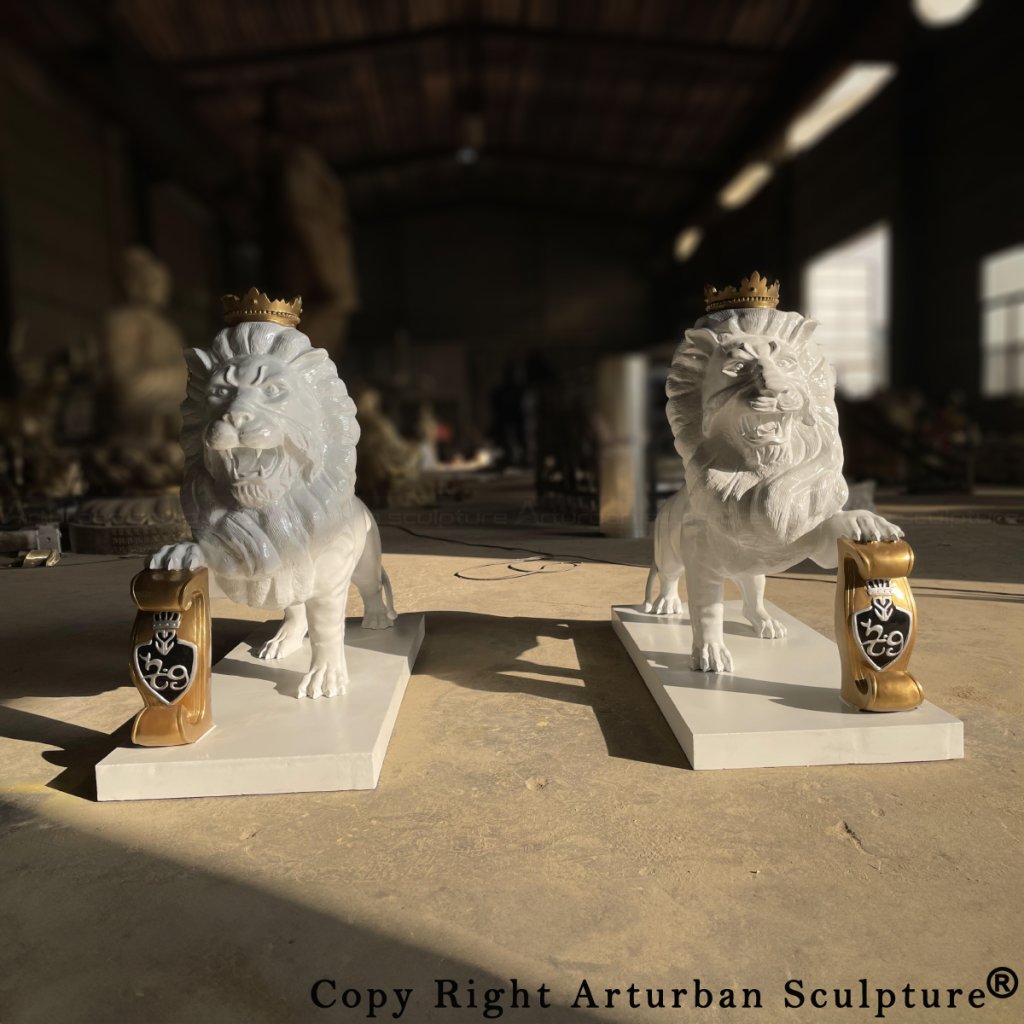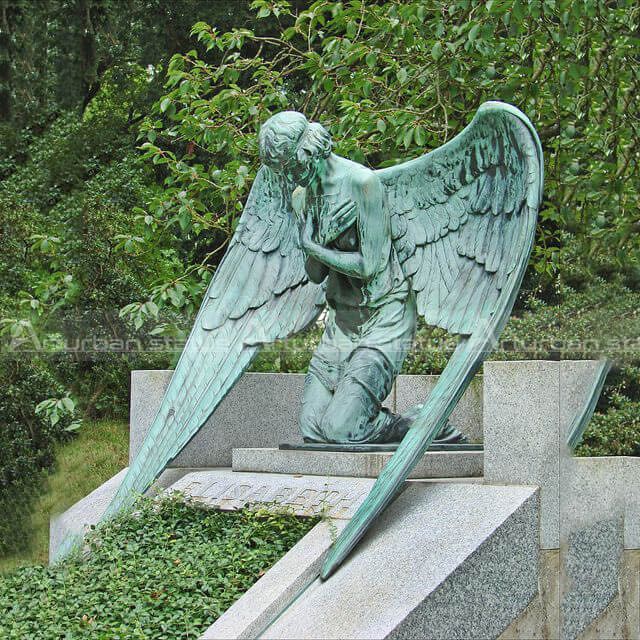
The virgin mary statues in front of houses is a peaceful and sacred scenery, and she solemnly and kindly guards the entire residence. The statue is dressed in a soft robe, with a gentle and compassionate face. In the radiance of dawn or dusk, she seems to emit a mysterious light, giving residents a sense of peace and tranquility, and bringing sacred shelter to this land. This statue is not only a symbol of religious faith, but also a silent guardian, watching the residents with her motherly gaze, praying for family safety, and bringing a blessing beyond the mortal world to life.
1. Is there a particular significance to Virgin Mary statues in front of a house?
The statue of the Virgin Mary in front of the house has a special symbolic significance. Firstly, she is the Virgin Mary in the Catholic faith, representing maternal love, compassion, and blessings. Placing her statue in front of the house symbolizes the prayers and blessings of the residents towards the family, hoping to receive heaven’s protection and care in daily life. Secondly, the Virgin Mary is also the spiritual sustenance of believers, and her existence makes the family a harbor of faith, bringing comfort and strength to their hearts. In addition, the statue may also reflect the family owner’s pursuit of art and beauty, becoming a part of garden decoration. Overall, the statue of the Virgin Mary in front of the house is not only an ornament, but also a reflection of cultural, religious, and family values, creating a peaceful and sacred atmosphere for residents.
2. Does it necessarily signify a devotion to Mary?
Placing a statue of the Virgin Mary in front of a house does not necessarily indicate piety towards Mary. Some families may choose to do so due to the beauty and artistic value of the statue itself, rather than religious beliefs. In addition, it may also be due to respect for cultural traditions or family history. In some cases, the statue of the Virgin Mary in front of the house may only be a decoration rather than a profound expression of religious beliefs. In modern society, people’s beliefs and lifestyles vary, and the placement of statues may reflect more the aesthetic orientation of individuals or families rather than specific religious piety. Therefore, the presence of the statue of the Virgin Mary in front of the house may be a comprehensive reflection of multiple factors, and may not directly indicate the specific faith or piety of the residents towards Mary.
3. Does it simply signify to others that the owner/resident of the house is a Catholic if Virgin Mary statues in front of a house?

Placing a statue of the Virgin Mary in front of a house does not necessarily mean that the owner or residents are Catholics. Although the Virgin Mary holds a special position in Catholicism, in some cultures, this statue may also be an artistic or decorative choice. Therefore, it cannot be simply regarded as a direct symbol of the homeowner’s religious beliefs. The homeowner may choose to place the statue of the Virgin Mary due to their love for the beauty of the statue, respect for cultural traditions, or purely decorative purposes. In multicultural societies, people’s religious beliefs and lifestyles vary greatly, and their beliefs cannot be determined solely by statues in front of houses. Therefore, this decoration is more likely to be a manifestation of multicultural coexistence, rather than a single symbol of specific religious beliefs.
4. Why there are many statues of Mary in their yard or garden? Why not Jesus?
(1) There are multiple reasons for placing many Mary statues instead of Jesus in courtyards or gardens. Firstly, the Virgin Mary is revered as a mother, protector, and mediator in the Catholic faith, and her image represents compassion, forgiveness, and love. In a family environment, choosing to place the statue of Maria may be to present a warm, soothing, and peaceful atmosphere, as her maternal image gives people a sense of peace of mind.
(2) Secondly, Mary statues are usually presented in a soft and elegant image, making it easier to integrate with the natural environment of the courtyard or garden. Her image is often seen as a symbol of beauty, making it more common as an ornament in courtyards.
(3) In addition, traditional beliefs are also a consideration factor. In some Catholic families, Maria may have a greater sense of closeness as she is more directly connected to human nature, family, and compassionate emotions. In contrast, the image of Jesus may be more common in churches and religious places.
Overall, the statue of the Virgin Mary in the courtyard or garden reflects people’s desire for maternal love and warmth, as well as their pursuit of personal expression of religious beliefs and the presentation of beauty.

5. Can I hug a statue of Mary?
In theory, you can embrace a statue of the Virgin Mary, but this is usually influenced by personal or religious differences. In Catholic and other Christian traditions, embracing the icon is seen as a way to express respect and piety. However, differences in specific cultures and personal beliefs should be respected on this basis. In some religious traditions, respect for holy images may take the form of candlelight, prayer, or other forms of respect, rather than necessarily including actual touch.
Overall, embracing the statue of the Virgin Mary is usually a personal decision that depends on faith and personal spiritual experience. In this process, it is important to respect the beliefs and viewpoints of others and ensure that they do not cause discomfort or offense.



